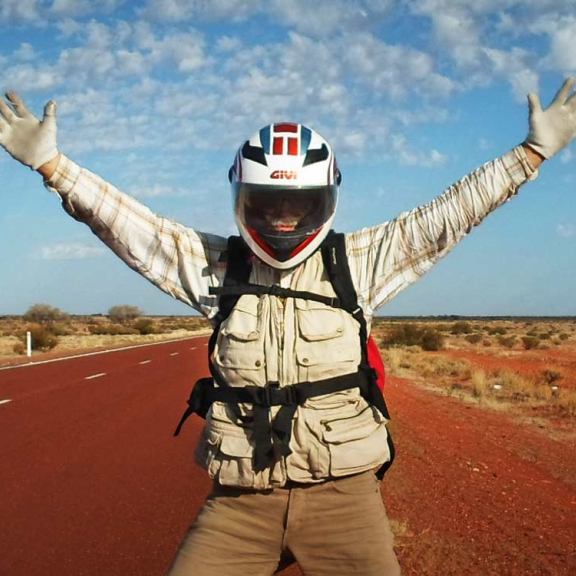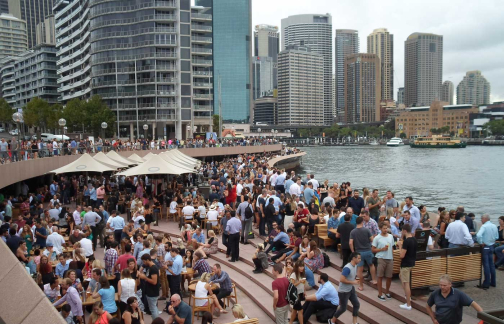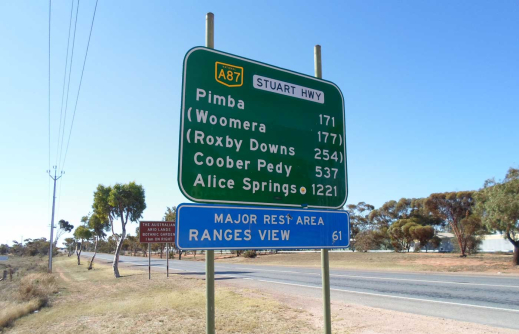Australia
Motorbike Alone Trip in Australia
12 days, 6,000kms alone on my Honda Lead 100. I leave from Coogee, Sydney, and I start riding through New South Wales. On the first day I stop at Jugiong, on the second, after 516kms, I reach Balranald. From here I leave to cross the border with South Australia and I spend the night in Berri. The following morning another 560kms await me passing through places such as Barmera, Waikerie, Burra, Spalding, Gladstone, Laura, Wirrabara up to Pimba. The fifth day is a long stretch (517kms) to Marla, where I start on the sixth day to go to Uluru and finally I reach Ayers Rock. I stay there one day, then I start my journey back through the Northern Territory. I partially retrace my steps, passing through Marla for example, then I pass Port Augusta, Wilmington, Morgan and I sleep in Mildura. In the morning I head for Balranald and via Hay I reach Narrandera. The last day I ride for 596kms: Grong Grong, Coolamon, Junee, Cotamundra, Bathurst, Katoomba… and in the end I see Sydney once more.
Technical Info
I leave with my scooter in good conditions with 24-thousand kms on my odometer. After 1,000kms I change the back tyre with the spare one. Half way along my outward voyage I add a 5-litre petrol tank, increasing my autonomy to 350/400kms. I change the oil (750gr): the filter is a metal mesh as small as a thimble, I blow on it and it’s cleaned. I have a spare lamp for the front light, a tyre-repair spray can, the engine starter freewheel: the present one is a bit noisy, it it worsens I’ll need to change it. The tyres are interchangeable: when the back one wears out, I change it with the front one so I can do another 7,000kms.
In the rest stops in the desert there is water in tanks. Usually it’s rain water or brought by tanker lorries and anyhow you can’t drink it. I use it to drench the clothes I’m wearing, then I fill 2 bottles. When I get back on the road with an average temperature of 40/43 degrees, the relief lasts for about half an hour, then everything is dry again.
I stop to drink and slightly wet the bandanna I wear round my neck, my lap, the gloves. I always check the scooter before starting off again. In particular I look at the state of the tyres and if there are any oil leaks. I do not turn the engine off during these very short stops to avoid temperature peaks.
I use it for 6,000kms practically continuously at 90% of its performance. And it doesn’t miss a beat.
Motorcycle equipment
Clothing: jeans, comfortable waterproof goretex trekking boots, a very light cotton t-shirt or vest and on top a long-sleeved cotton shirt, cotton gloves, bandanna around my neck, double-visor full-face GIVI helmet. In my backpack: sweater, socks, tissues, two long- and two short-sleeved polos, another pair of gloves, shorts and a towel. In the practical Givi case: elastic straps to fix the petrol tank to the saddle, pouch with the battery chargers for the camera and the phone, torch, instant coffee, food and especially water.
Baggage: between the one-person tent , the backpack, clothes, equipment and case I am carrying with me 10kgs. For the most critical conditions I have a 4-litre tank in the compartment under the saddle, 2 or 3 bottles in the case and 4 on the footrest, another 1 or 2 of non-drinkable water still in front on the footrest.
Clothing: jeans, comfortable waterproof goretex trekking boots, a very light cotton t-shirt or vest and on top a long-sleeved cotton shirt, cotton gloves, bandanna around my neck, double-visor full-face GIVI helmet. In my backpack: sweater, socks, tissues, two long- and two short-sleeved polos, another pair of gloves, shorts and a towel. In the practical Givi case: elastic straps to fix the petrol tank to the saddle, pouch with the battery chargers for the camera and the phone, torch, instant coffee, food and especially water.
Baggage: between the one-person tent , the backpack, clothes, equipment and case I am carrying with me 10kgs. For the most critical conditions I have a 4-litre tank in the compartment under the saddle, 2 or 3 bottles in the case and 4 on the footrest, another 1 or 2 of non-drinkable water still in front on the footrest.







